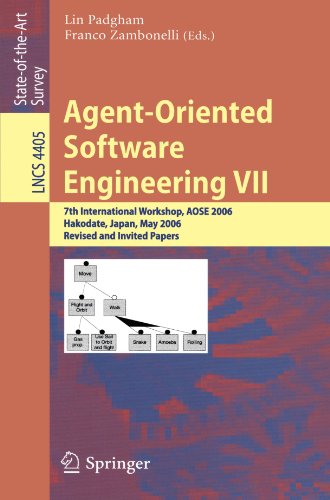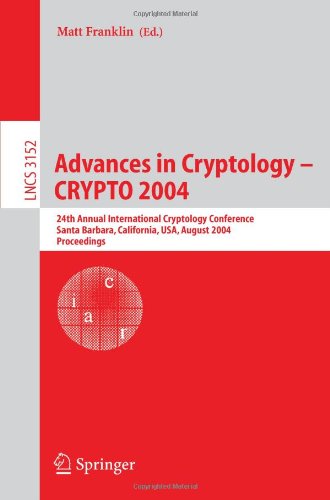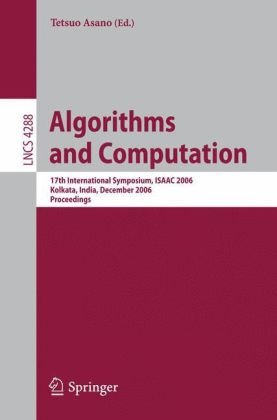Scott A. DeLoach, Jorge L. Valenzuela (auth.), Lin Padgham, Franco Zambonelli (eds.)3540709444, 9783540709442
Software architectures that contain many dynamically interacting components, each with their own thread of control, and engaging in complex coordination protocols, are difficult to correctly and efficiently engineer. Agent-oriented modelling techniques are important for supporting the design and development of such applications. This book provides a diverse and interesting overview of the work that is currently being undertaken by a growing number of researchers and research groups in the area of Agent-Oriented Software Engineering. The papers present leading edge research in this field, which is of critical importance in facilitating industry take-up of powerful agent technologies.
This volume constitutes the thoroughly refereed post-proceedings of the 7th International Workshop on Agent-Oriented Software Engineering, AOSE 2006, held in Hakodate, Japan, in May 2006 as part of AAMAS 2006. The 13 revised full papers were carefully selected from numerous submissions during two rounds of reviewing and improvement and have been complemented by invited papers from leading researchers in the field. The papers are organized in topical sections on modelling and design of agent systems, modelling open agent systems, formal reasoning about designs, as well as testing, debugging and evolvability.
Table of contents :
Front Matter….Pages –
An Agent-Environment Interaction Model….Pages 1-18
Allocating Goals to Agent Roles During MAS Requirements Engineering….Pages 19-34
An Aspect-Oriented Modeling Framework for Multi-Agent Systems Design….Pages 35-50
Extending UML Sequence Diagrams to Model Agent Mobility….Pages 51-63
Applying the Governance Framework Technique to Promote Maintainability in Open Multi-Agent Systems….Pages 64-83
Designing Institutional Multi-Agent Systems….Pages 84-103
Modeling Mental States in the Analysis of Multiagent Systems Requirements….Pages 104-121
Observed-MAS: An Ontology-Based Method for Analyzing Multi-Agent Systems Design Models….Pages 122-139
Using Risk Analysis to Evaluate Design Alternatives….Pages 140-155
SUNIT: A Unit Testing Framework for Test Driven Development of Multi-Agent Systems….Pages 156-173
Monitoring Group Behavior in Goal-Directed Agents Using Co-efficient Plan Observation….Pages 174-189
Evaluating a Model Driven Development Toolkit for Domain Experts to Modify Agent Based Systems….Pages 190-207
Building the Core Architecture of a NASA Multiagent System Product Line….Pages 208-224
Back Matter….Pages –







Reviews
There are no reviews yet.